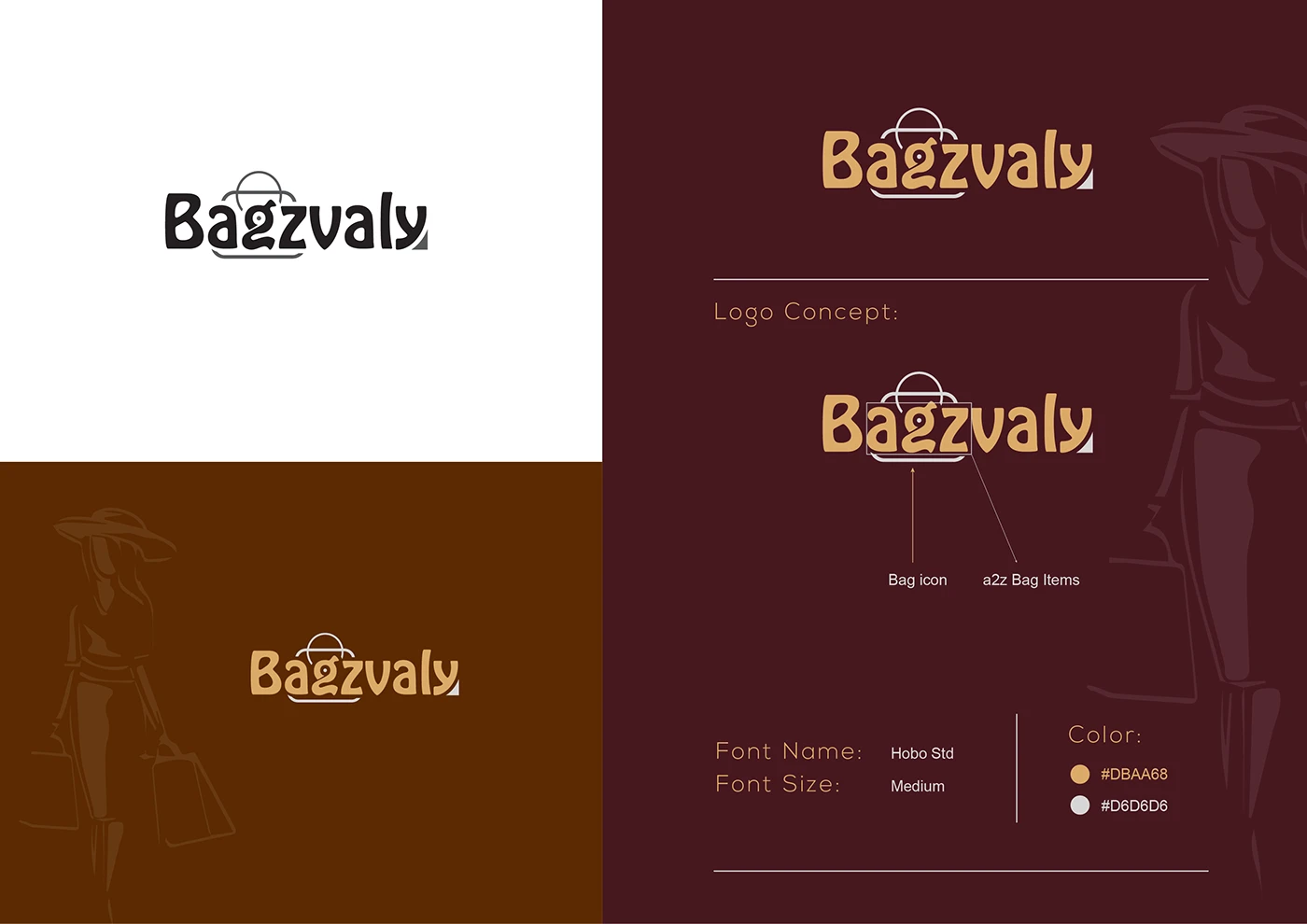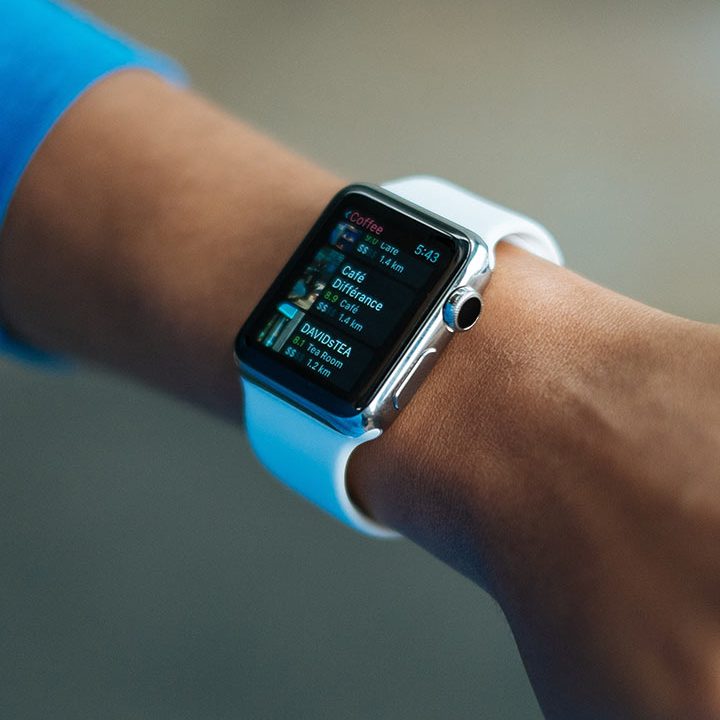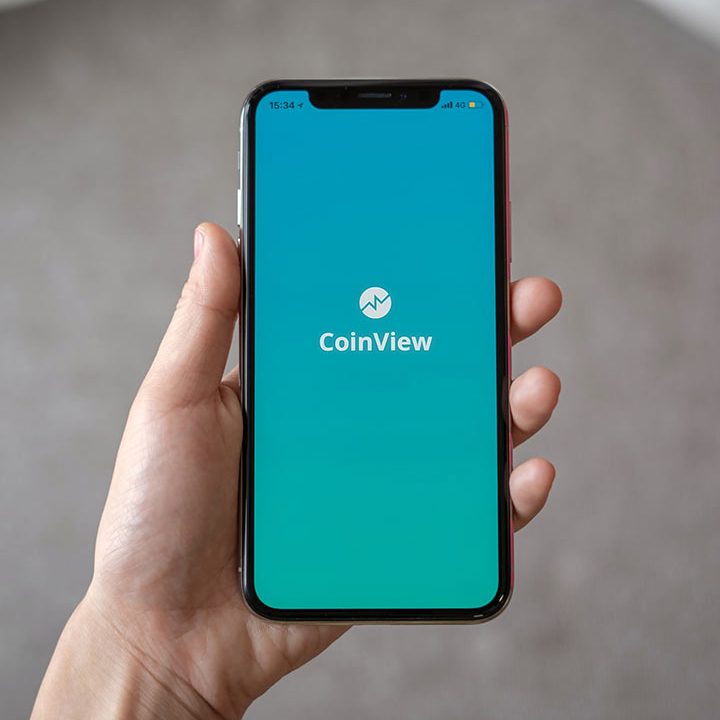
Design Shopping Bag
Shopping Bag Design Details
1. The Brand Identity: What Story Does it Tell?
The shopping bag is an extension of your brand. It should immediately communicate:
Your Brand’s Name & Logo: Clearly visible and recognizable.
Your Brand’s Aesthetic: Is it minimalist, luxurious, playful, eco-friendly, modern, classic?
Your Brand’s Values: Does it use recycled materials? Is the design sophisticated or approachable?
2. Bag Material: Functionality & Message
The material choice impacts feel, durability, cost, and environmental message.
Paper Bags:
Coated Paper (Art Paper): Often used for higher-end brands. Allows for vibrant printing and various finishes (matte, glossy, soft-touch laminations).
Kraft Paper (Brown or White): Eco-friendly, rustic, or minimalist look. Can be recycled and biodegradable. More affordable.
Recycled Paper: Explicitly promotes sustainability.
Cardboard/Heavy Stock: For very durable, high-end bags.
Plastic Bags:
HDPE/LDPE: Common for retail. Can be transparent, frosted, or colored. Less common now due to environmental concerns, but still used.
Biodegradable Plastic: A more environmentally conscious option.
Non-Woven Fabric Bags: Reusable, durable, often used for promotional events or as a premium option.
Cotton/Canvas Bags: High-end, very durable, reusable. Often purchased by customers rather than given free.
3. Size & Shape: Practicality for Contents
Standard Sizes: Most retailers have 2-3 standard sizes (small, medium, large) to accommodate various purchases.
Specialty Sizes: For unique items (e.g., long items, flat items like art prints, bulky items).
Gussets: The side folds of the bag. Essential for adding volume and allowing the bag to stand upright. Often overlooked but crucial.
Base Cardboard Insert: Adds stability to the bottom of the bag, especially for heavier items.
4. Handles: Comfort & Aesthetics
Handles are critical for carrying comfort and also contribute to the bag’s overall look.
Twisted Paper Handles: Common for standard paper bags, economical, and sturdy enough.
Flat Paper Handles: Economical, simple.
Rope Handles (Cotton, PP, Satin): Premium look and feel. Often threaded through eyelets in the bag, making it very durable for heavier items.
Ribbon Handles (Satin, Grosgrain): Luxurious, often color-matched to the brand.
Die-Cut Handles: Integrated cut-out handles, common in plastic bags or some minimalist paper designs.
5. Graphics & Printing: The Visual Impact
This is where your brand comes alive.
Logo Placement: Prominently displayed, often centered on one or both sides.
Brand Colors: Consistent with your brand guidelines.
Imagery/Patterns: Can be a subtle background pattern, a graphic related to your products, or abstract art.
Text:
Website/Social Media Handles: Essential for driving online engagement.
Tagline/Slogan: A short, memorable phrase.
Sustainability Message: “Made from recycled materials,” “Please reuse.”
Print Methods:
Offset Printing: High quality, full color (CMYK or Pantone spot colors).
Screen Printing: Good for fewer colors, bold graphics.
Foil Stamping: Adds a metallic, luxurious shine (gold, silver, holographic).
Embossing/Debossing: Creates a raised or recessed texture for a sophisticated, tactile feel.
UV Spot Gloss: Highlights specific areas with a glossy finish.







